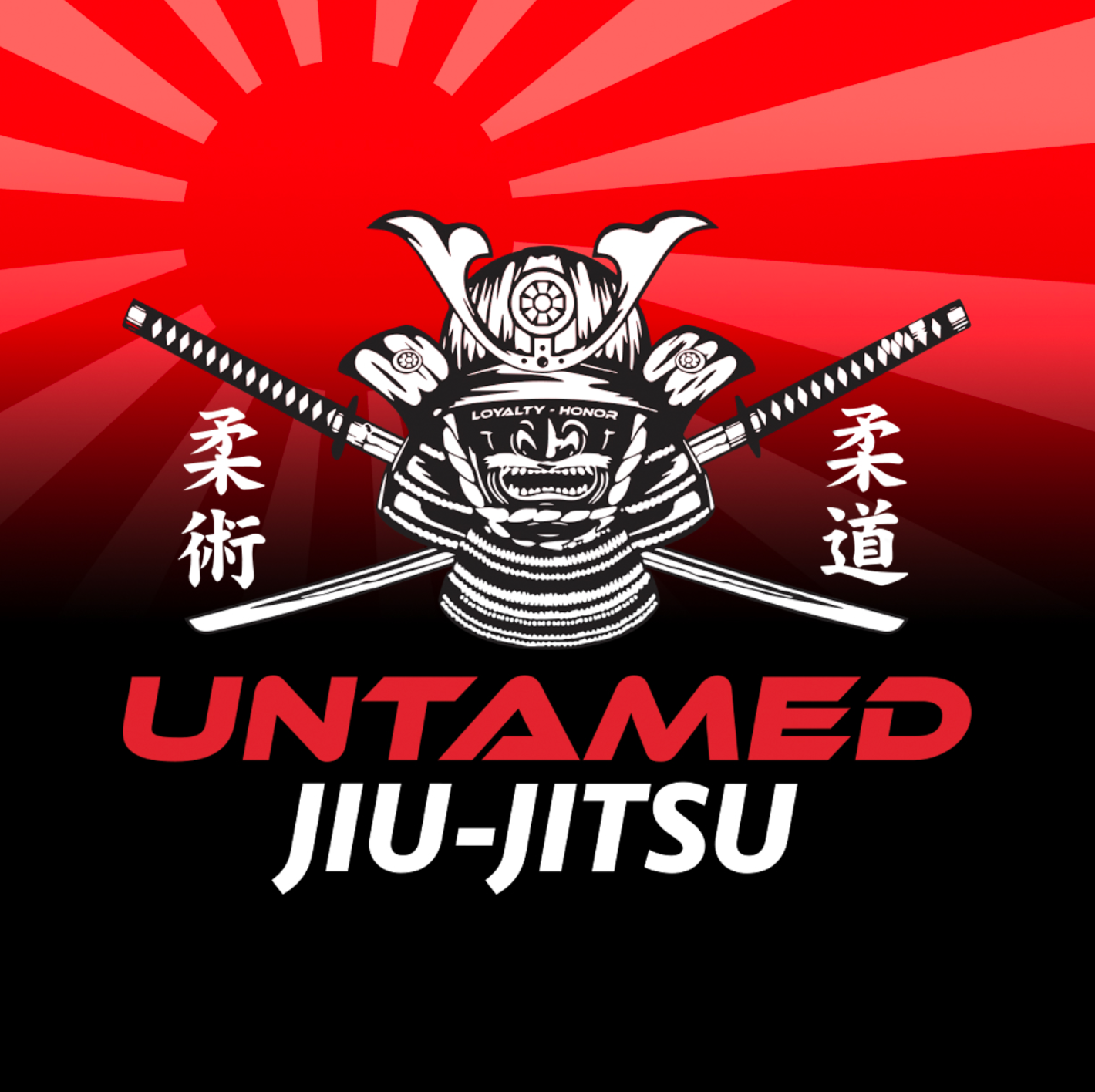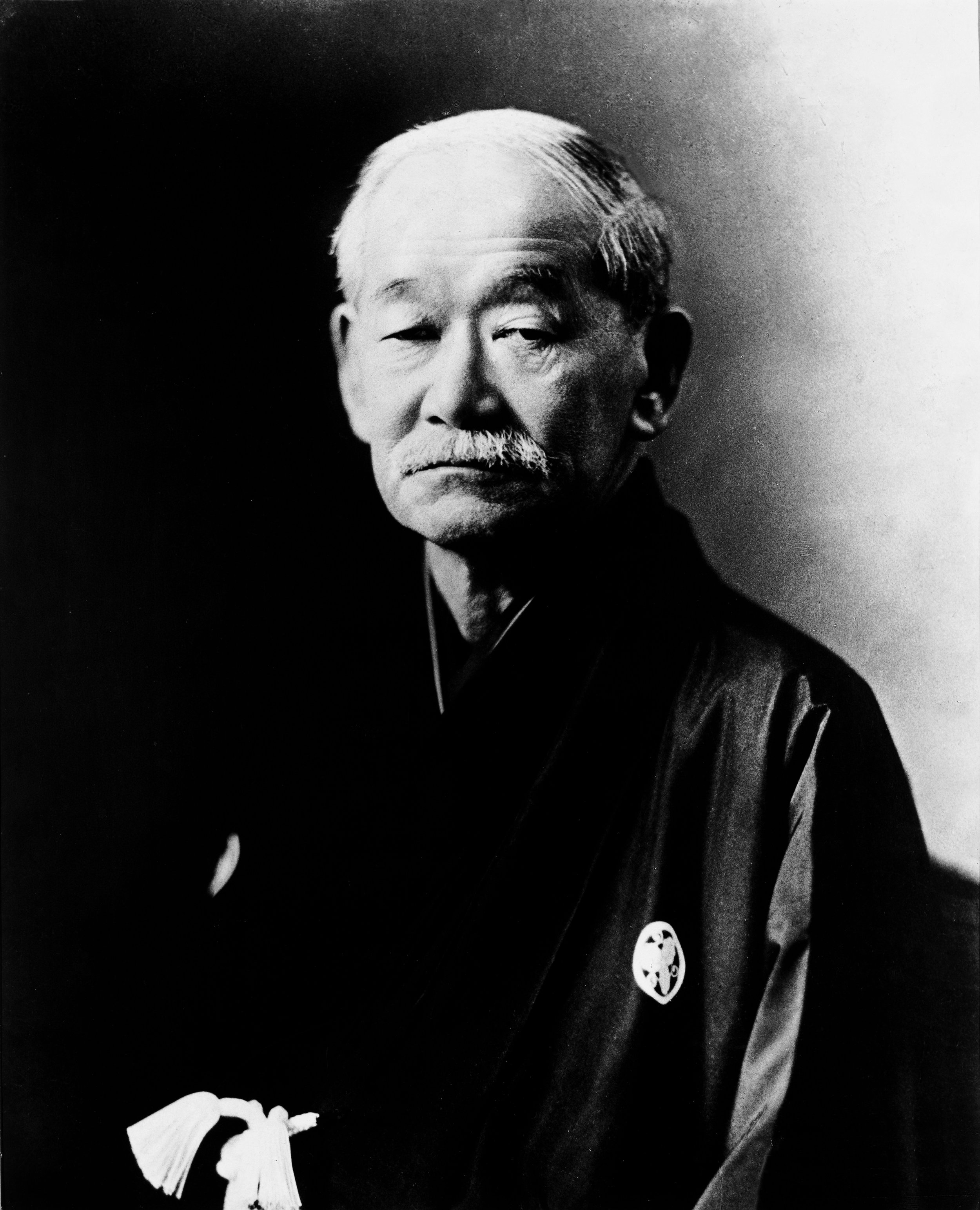Our Culture
Jiu-Jitsu
Jiu-Jitsu, also known as Brazilian Jiu-Jitsu (BJJ), is a martial art that originated in Brazil in the early 20th century. It is a grappling-based martial art that emphasizes the use of leverage and technique over brute strength. It is known for its effectiveness in ground fighting and is now widely practiced around the world.
The origins of Jiu-Jitsu can be traced back to the late 19th century, when a Japanese Judo master named Mitsuyo Maeda immigrated to Brazil. Maeda had trained in various forms of traditional Japanese martial arts, including Judo, and had traveled the world as a "fighting diplomat" to promote the art. In Brazil, he met a local businessman named Gastão Gracie, who helped him establish a Judo academy in the city of Belem.
One of Gastão's sons, Carlos Gracie, was fascinated by the art and began training under Maeda. Carlos was not a naturally strong or athletic person, but he quickly realized that the principles of leverage and technique that he was learning could be used to defeat opponents who were larger and stronger than him. He began experimenting with different techniques and eventually developed his own style of Jiu-Jitsu.
Carlos and his brothers, including Hélio Gracie, began teaching the art to others and established the first Gracie Jiu-Jitsu academy in Rio de Janeiro in the 1920s. They also began to compete in various forms of hand-to-hand combat, including Vale Tudo (no-holds-barred) fights, which helped to promote the art and establish its reputation for effectiveness.
Over time, the Gracie brothers continued to refine and evolve their techniques, and their style of Jiu-Jitsu became known as Brazilian Jiu-Jitsu. It became very popular among Brazilian fighters, and it soon spread to other countries. Today, Brazilian Jiu-Jitsu is widely practiced around the world and is considered one of the most effective forms of self-defense and sport grappling.
The principles of Jiu-Jitsu focus on using leverage and technique to control and submit an opponent. It emphasizes the use of joint locks and chokeholds to neutralize an opponent's attack and gain a dominant position. It also emphasizes the importance of training and drilling techniques in order to improve one's skills and reflexes.
In conclusion, Jiu-Jitsu, also known as Brazilian Jiu-Jitsu (BJJ), is a martial art that originated in Brazil in the early 20th century. It is a grappling-based martial art that emphasizes the use of leverage and technique over brute strength. The art was brought to Brazil by a Japanese Judo master, Mitsuyo Maeda, and was further developed by the Gracie family, particularly Carlos and Helio Gracie. Today, it is widely practiced around the world and is considered one of the most effective forms of self-defense and sport grappling.









